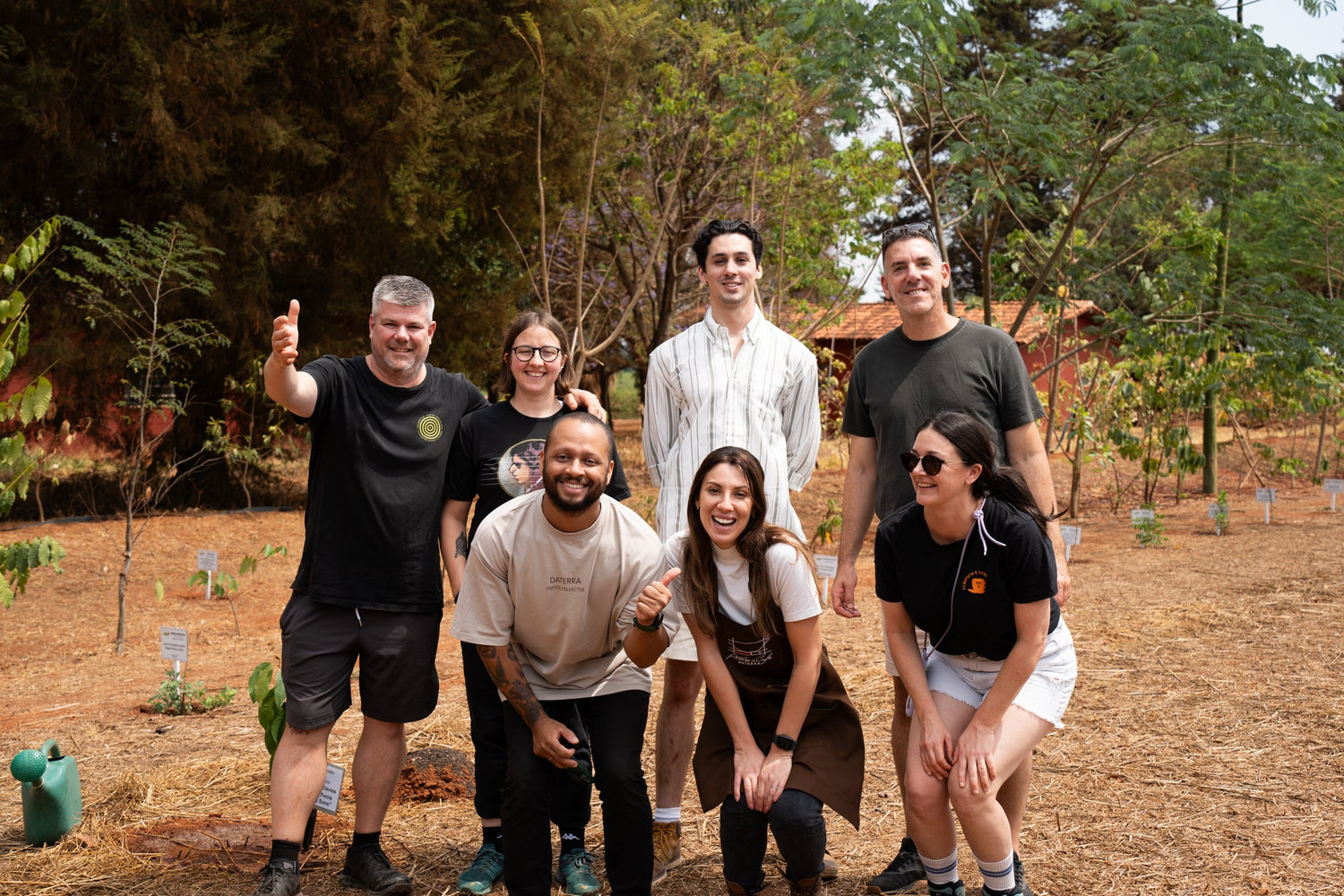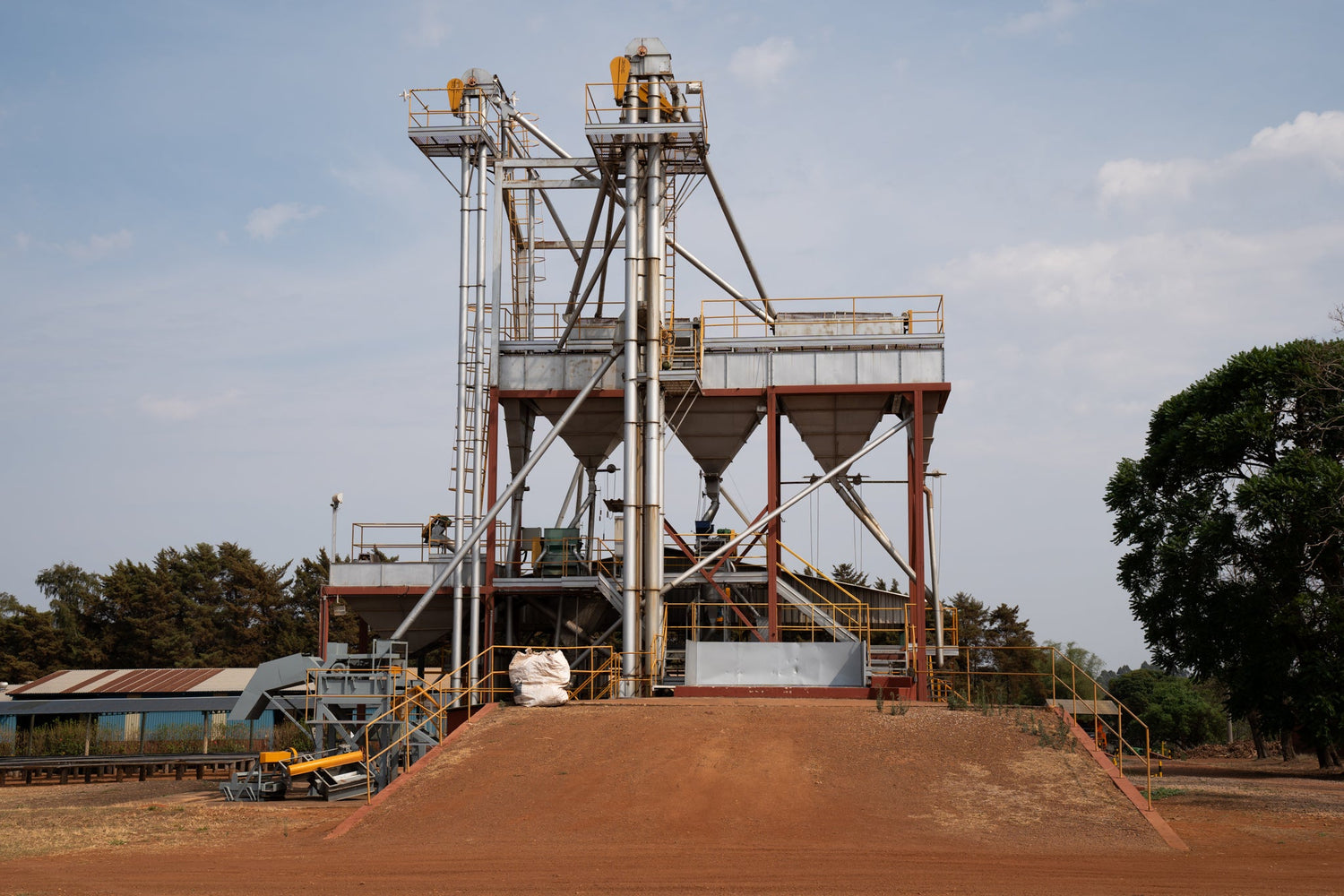At Climpson’s we’re not just about the coffee. With the holidays finished the dreaded month of January is upon us. Prepare yourself for the onslaught of new vows to health, eager exercisers, dry months, and fad diets. We cannot recommend any of these things, new gym membership will be used exactly three times in the second week of January, and no one actually makes it to the end of January dry.
What we can recommend is matcha. The traditional Japanese powdered tea has great health benefits and is an easy way to slot a bit of health into your every day and detox from the outrageous overindulgence of the holidays.

What is Matcha?
Matcha (in Japanese ma mean powder and cha means tea, literally powder tea), like all tea, comes from the tea plant, Camellia sinensis. But matcha does not look like your standard tea bag used for making a cup of builder’s, instead, it is a very fine and vibrant green powder (two of the signs of good matcha are the intensity of the colour and the fineness of the powder — the best waft like smoke from the jar).
Matcha is a green tea that is grown in the shade for the last three weeks before it is harvested, this causes the plant to over-produce chlorophyll and gives it the intense green colour and increases the L-theanine amino acid in the leaf (which has a mood relaxing effect). If it was kept in the sun it would be sencha green tea. The veins of this green tea are then removed — this is called tencha tea. The final stage that turns the tencha tea to matcha is the milling process. Milling can be done by metal or stone, stone is the more traditional and slower method but gives a better taste and makes a matcha more expensive. The finest matcha is grown in the spring months in Japan.
The health benefits of matcha
Matcha has a long and rich history in Japan, it is believed green tea was first brought to Japan from China in 12th century (at the same time as Zen Buddhism) and became an integral part of Japanese culture. Matcha has long been cited as a health food
- Matcha contains the whole leaf, unlike normal green tea, so it is richer in catechins, which are natural antioxidants. Antioxidants help to stabilise free radicals in the body that can cause disease.
- Matcha, and green tea, has also been linked in several studies to higher liver function, as well as reducing enzyme levels within your liver (a sign of liver damage). Perfect for a January detox.
- Matcha contains high levels of caffeine, which has long been linked to better cognitive performance, increased reaction times, and better memory. Matcha also contains L-theanine which helps to alter the effects of caffeine slightly, avoiding the crash that can so often come after a big caffeine hit.
- Matcha has also been linked to weight loss, reduced risk of heart disease, and cancer prevention, although more studies are needed.
(More studies are needed to confirm most of this, but studies so far indicate that green tea can have many health benefits, and that matcha as a concentrated green tea, is a good way to ingest green tea).
Matcha recipe
Add 1.5g of matcha to your matcha bowl
Add 10g (two teaspoons) of cold water to your matcha
Use your matcha whisk to whisk the matcha and the water into a paste
Add 70g of hot, but not boiling, water (70°C is perfect)
Whisk until frothy
We can offer matcha for wholesale supply, drop sales@climpsonandsons.com an email for more information.



